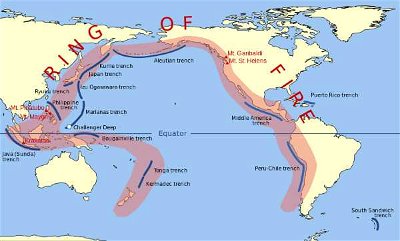Here is the third twenty question quiz on objects in our solar system. This one is about Earth. What do you think you know about our planet?
Average, 20 Qns, almach,
Oct 01 23
Recommended for grades: 8,9,10
 You've undoubtedly heard references to this area, so let's explore some of its geologic features.
You've undoubtedly heard references to this area, so let's explore some of its geologic features.  Have you got rocks in your head? If so, you can work out the names of these rocks from the photo clues given.
Have you got rocks in your head? If so, you can work out the names of these rocks from the photo clues given.  Quick Question
Quick Question = Top 5% Rated Quiz,
= Top 5% Rated Quiz,
 Top 10% Rated Quiz,
Top 10% Rated Quiz,
 Top 20% Rated Quiz,
Top 20% Rated Quiz,
 A Well Rated Quiz
A Well Rated Quiz
· All questions, answers, and quiz content on this website is copyright FunTrivia, Inc and may not be reproduced without permission. Any images from TV shows and movies are copyright their studios, and are being used under "fair use" for commentary and education.